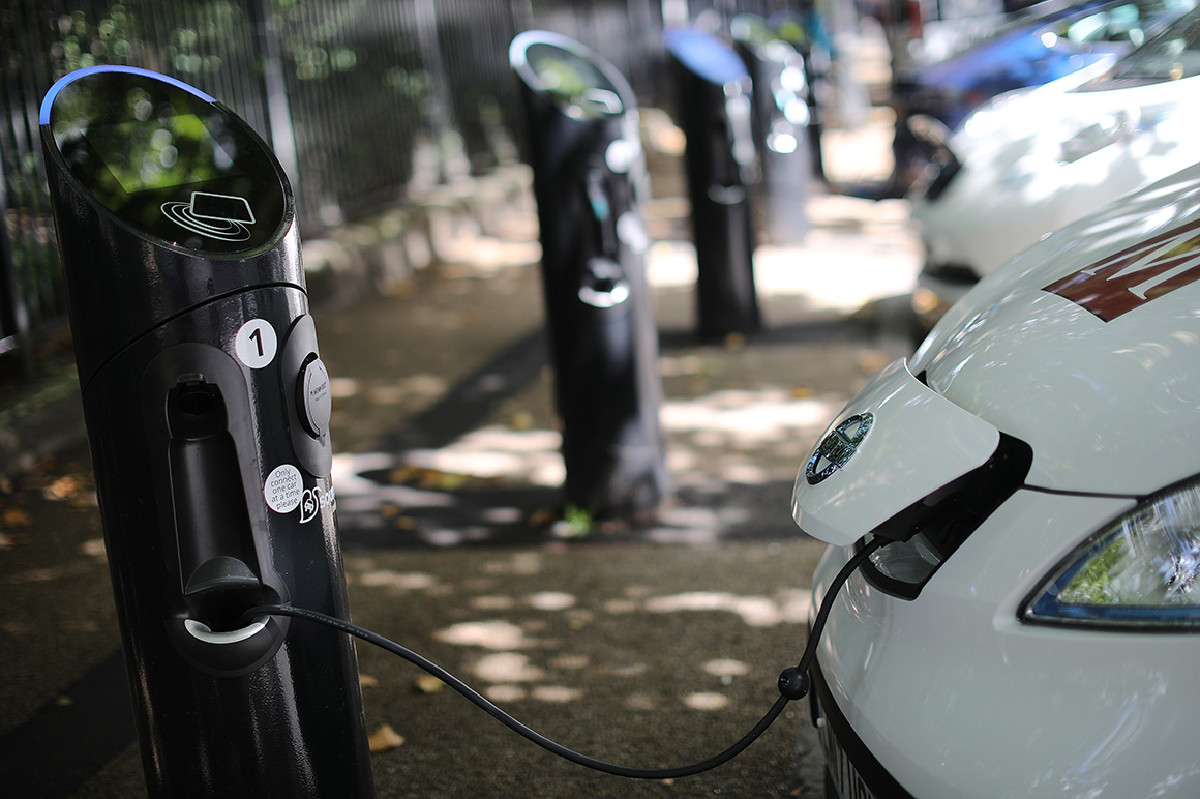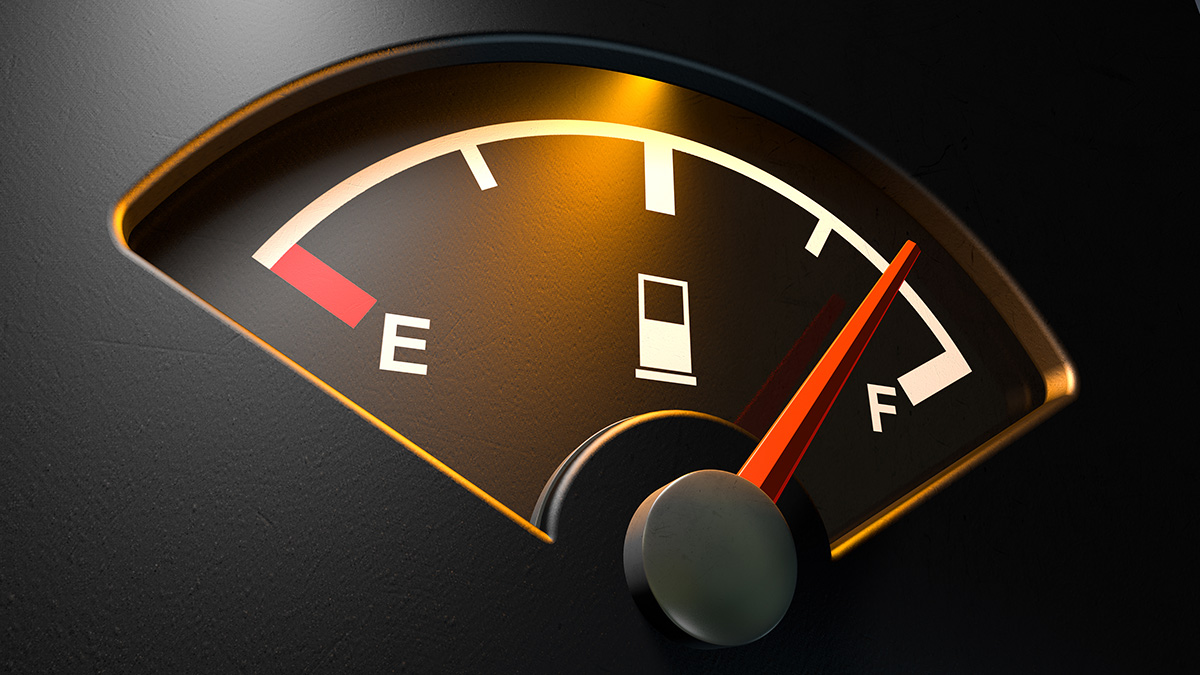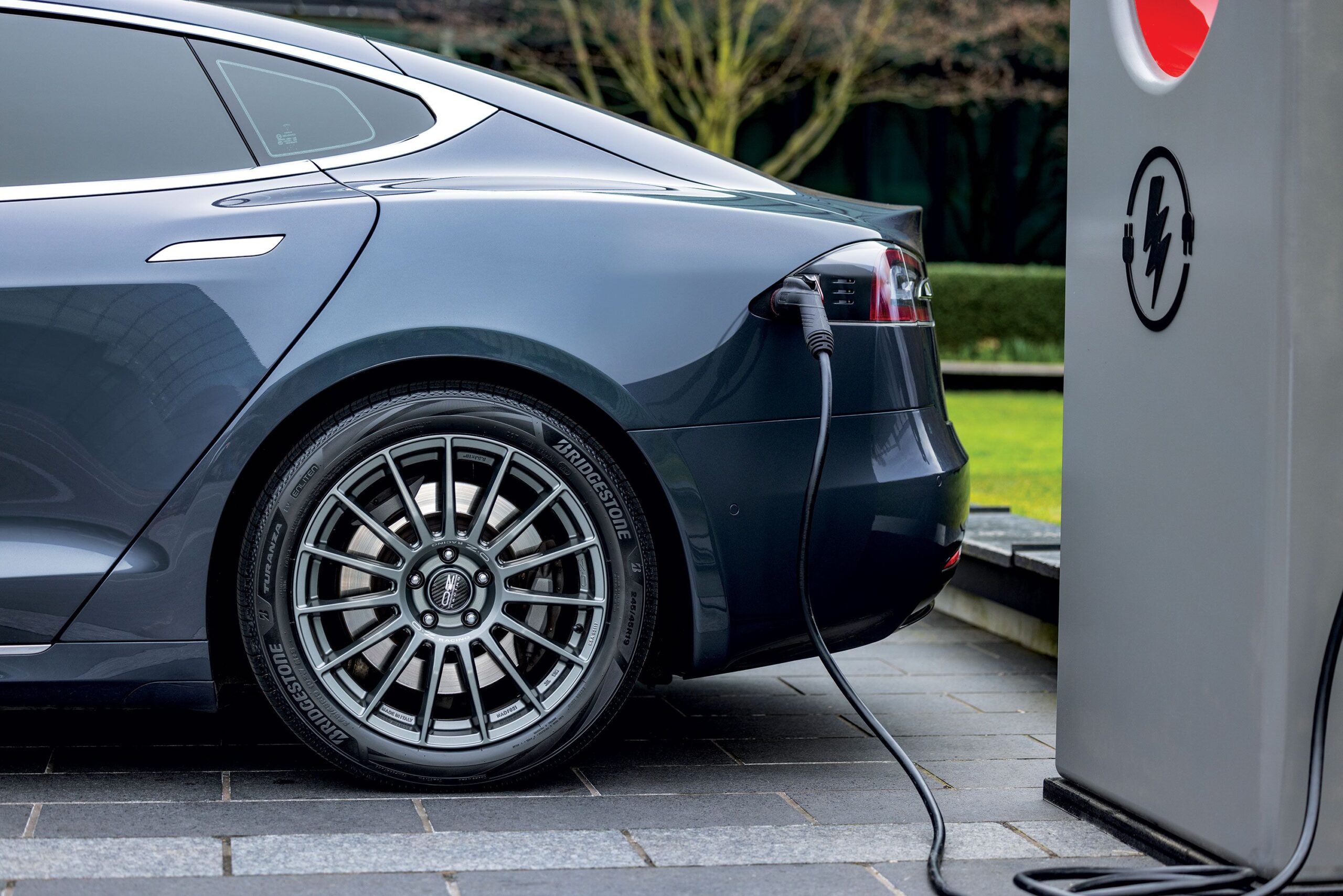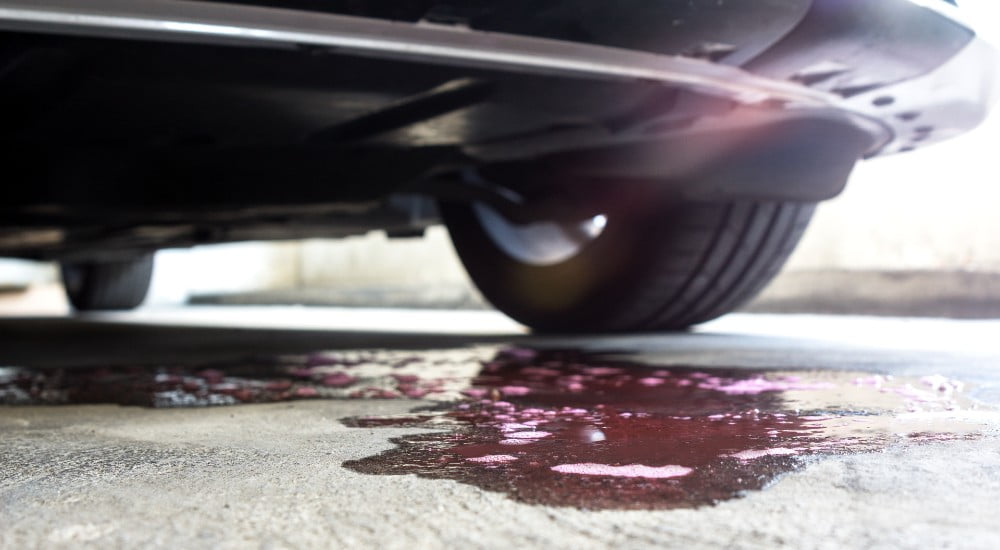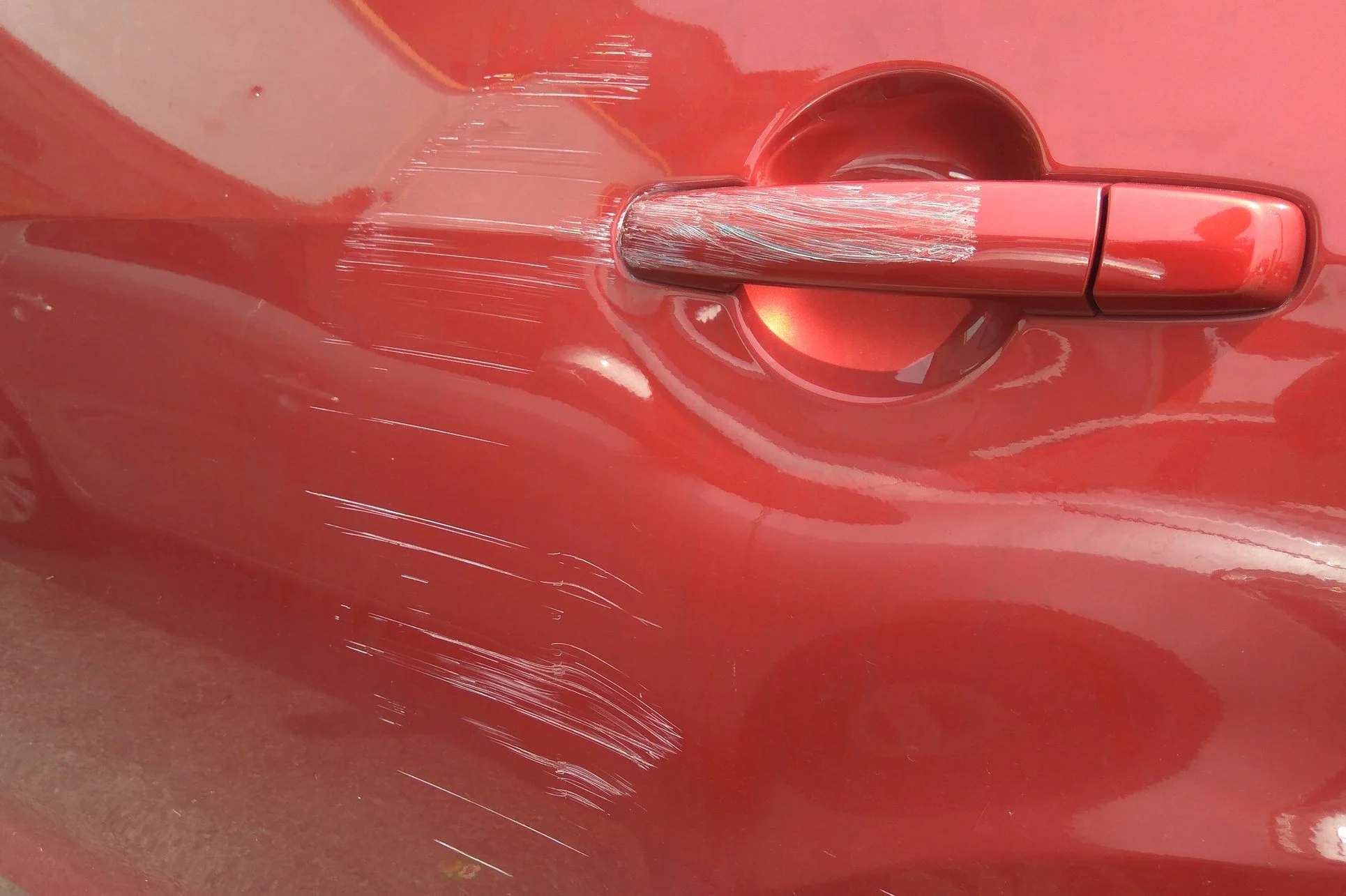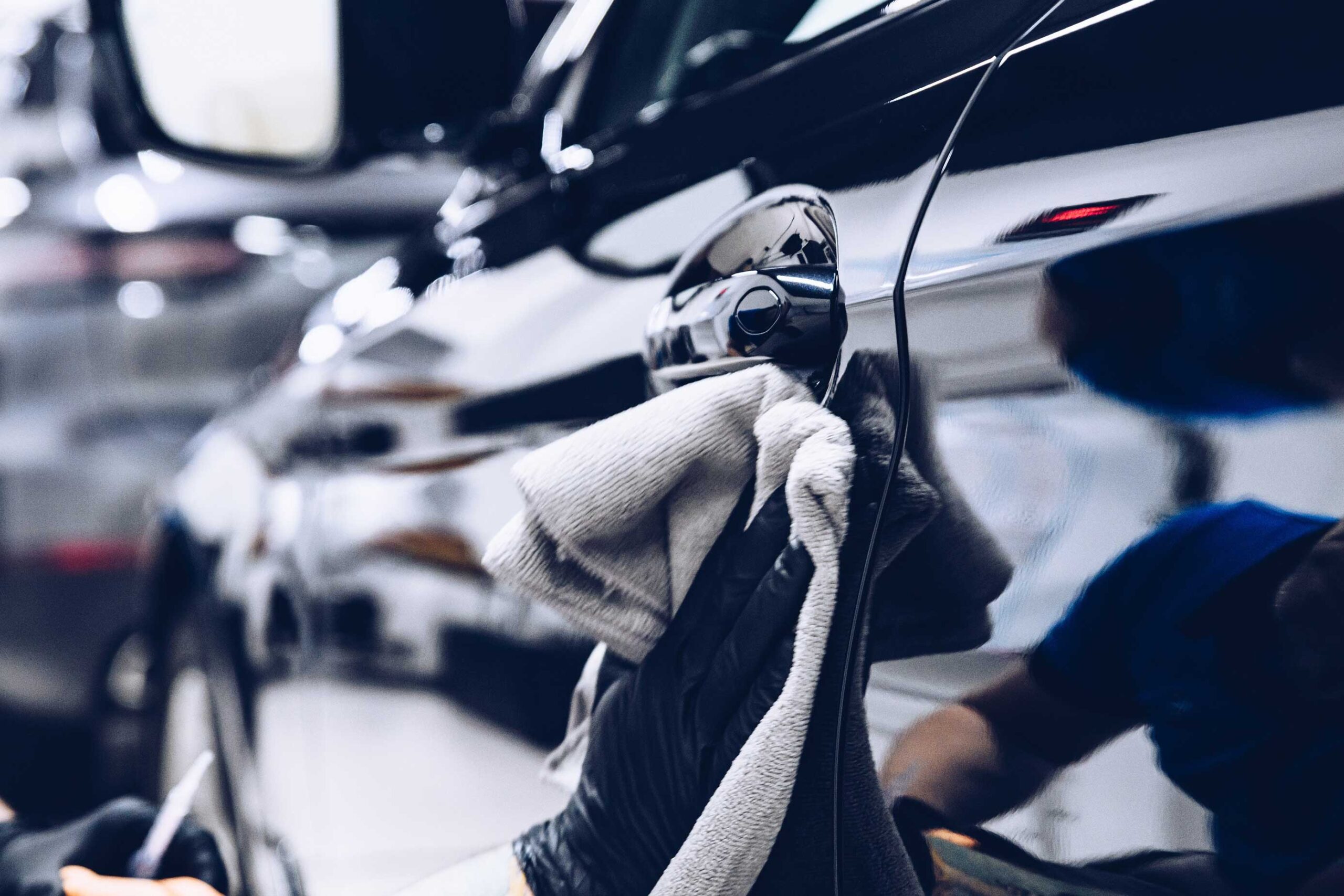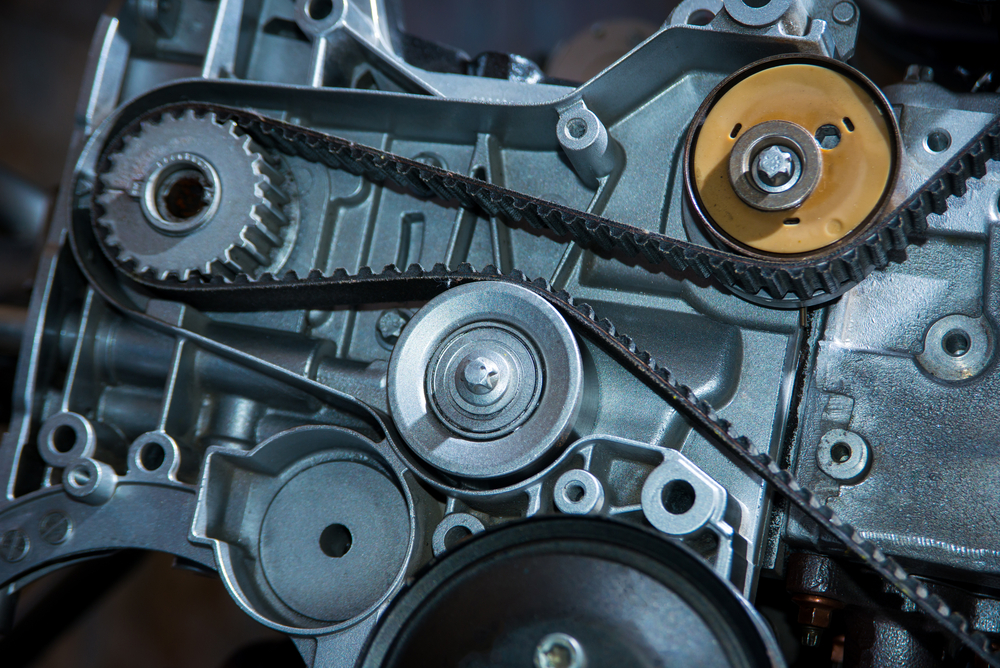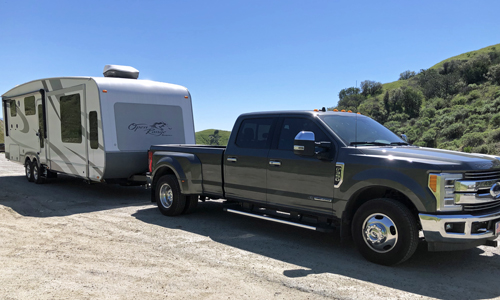From searing sun rays to corrosive road salt, your car’s paint is constantly under assault by the elements. Over time, environmental exposure wears away your car’s polished exterior, degrading its appearance and value. As such, it’s important to know how to protect car paint.
Here are ten useful tips for car paint protection to keep your vehicle looking showroom fresh for years to come:
1. Wash Your Car Regularly
Regularly washing your car removes dirt and grime buildup. Automotive professionals recommend giving your ride a thorough wash once every two weeks to maintain its luster and keep contaminants from damaging the paint.
Use a mild car wash soap formulated for automotive use and a soft microfiber cloth or sponge to prevent scratches and swirl marks when washing the vehicle.
2. Regularly Wax Your Vehicle
Wax protects car paint by forming a barrier between your vehicle’s surface and external elements, such as dirt and the sun’s UV rays. It’s best to wax your vehicle every 3–4 months for optimal protection.
Before applying the wax, ensure the car’s exterior is clean and dry. Then follow the manufacturer’s instructions, which usually recommend placing a thumb-sized amount of wax on a pad or foam applicator and applying it to the paint in a small circular motion.
Once applied, buffer the wax for a more even finish and let it dry.
3. Steer Clear of Harsh Cleaning Products
When washing your car, avoid rough brushes and harsh chemical cleaners that can cause micro-scratches and marks on your car’s paint surface. Instead, opt for soft, non-abrasive cleaning tools such as microfiber cloths or foam applicators.
For optimal results, pair them with automotive cleaning products specifically formulated to be gentle on paint surfaces.
4. Use Paint Sealant or Ceramic Coating
Vehicle owners seeking advanced car paint protection should invest in paint sealants or ceramic coatings. Paint sealants are polymer-based compounds that adhere to the paint surface to form a protective coating. In contrast, ceramic coatings utilize nanotechnology formulations to create a tough protective layer. Both offer exceptional resistance against UV rays, harsh contaminants, and other damaging elements.
5. Invest in a Protective Car Cover
Don’t overlook investing in a high-quality car cover when considering how to protect car paint. A cover is a literal shield for your vehicle, protecting it from UV rays, bird droppings, tree sap, and other potential contaminants. Opt for a cover designed for your vehicle’s specific make and model, and one made from breathable materials with adequate ventilation.
6. Avoid Extensive Sun Exposure
Exposure to harmful UV rays causes car paint to oxidize, creating unsightly fading, dullness, and even peeling. To protect your car’s exterior from the harmful effects of the sun, park in shaded areas whenever possible.
Additionally, consider investing in a windshield sunshade to protect your vehicle’s interior and minimize heat buildup.
7. Avoid Harsh Weather When Possible
Heavy rain, snow, and hailstorms can cause paint chipping, water spots, and dents on your vehicle’s exterior. Take extra measures to protect your car by parking in a covered area. If inclement weather is on the horizon, consider rescheduling your plans or seeking alternative arrangements to avoid exposing your car to harsh weather conditions.
8. Keep a Safe Driving Distance
Maintaining a safe driving distance is crucial for road safety and can also help you protect the car’s paint.
Keeping a safe driving distance minimizes the risks of rocks, debris, and other road particles hitting your car’s front end (leading to chips and scratches). It also reduces the chances of being hit by the spray of debris from other vehicles on the road.
9. Have Paint Chips or Scratches Repaired
Promptly seek professional repair for paint chips or scratches to prevent further damage. Even if seemingly small, these imperfections expose your car’s metal underneath, making it prone to rust and corrosion. Auto repair professionals use advanced techniques to restore your vehicle’s surface to tip-top condition, including spot repairs and color matching.
10. Get Regular Inspections and Maintenance
Aside from ensuring your vehicle’s optimal condition, regular inspection and maintenance help detect potential issues that can affect the paint, such as rust and leaks. By addressing these issues early, you prevent further damage and maintain the beauty of your car’s exterior.
